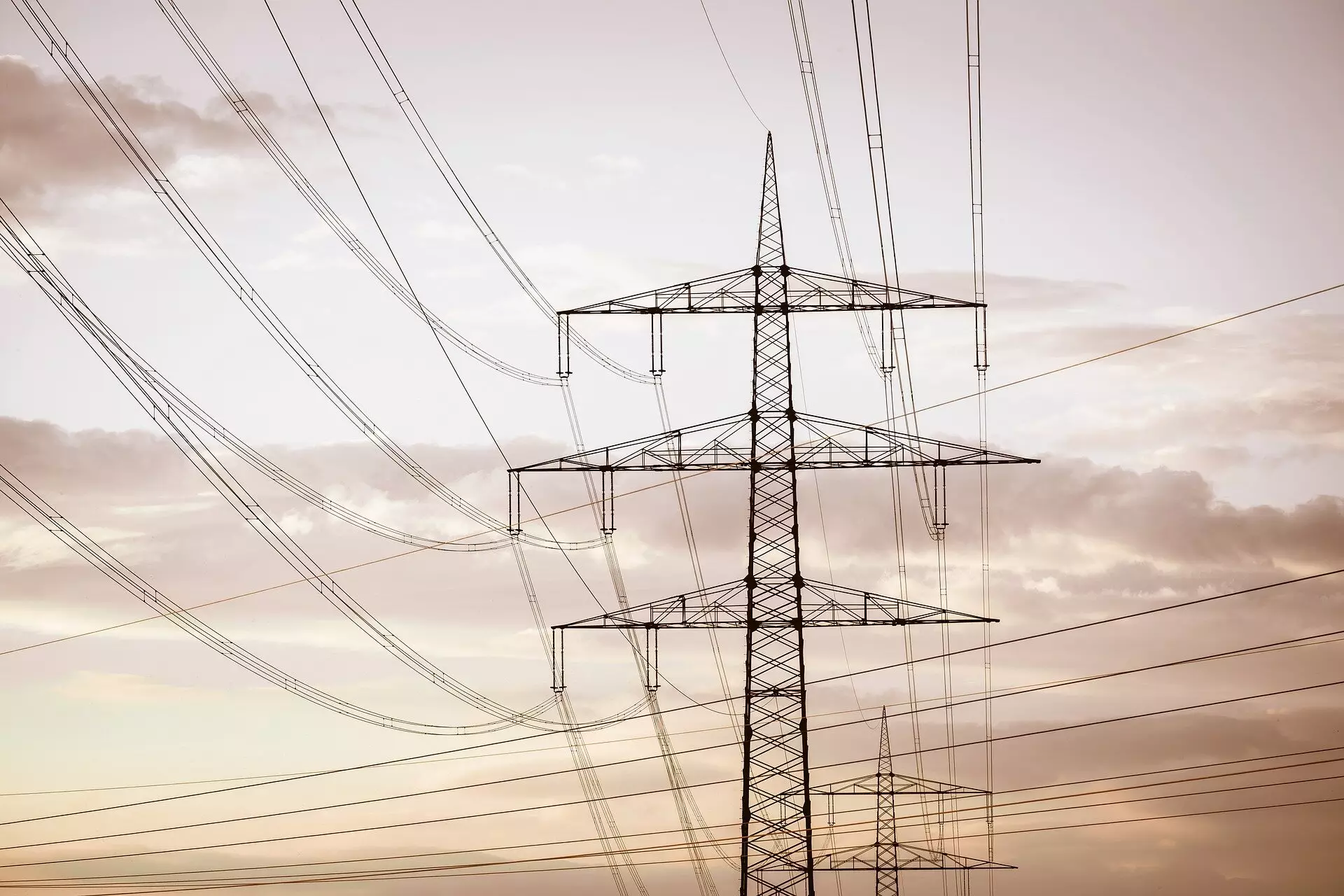In 2021, the future of the electric grid faced a potential crisis with concerns arising about a slowdown in copper production, a critical component of power grids in Europe and around the world. Dr. Anders Wulff, an engineer with a keen understanding of the importance of copper in the electric grid, recognized the need for innovative solutions to reduce energy waste, cut costs, and curb emissions. This led to the development of a groundbreaking project funded by the EU aimed at creating electric cables made of ceramics, a material rarely associated with power transmission.
Superconductor technology offers a revolutionary approach to conducting electricity without any electrical resistance, significantly reducing energy losses. Unlike traditional materials like copper, superconductors can transmit electricity at low temperatures without dissipating energy as heat. This key advantage not only helps in minimizing energy waste but also in curbing greenhouse gas emissions that contribute to climate change.
The SUBRACABLE project, spearheaded by Danish superconductor manufacturer SUBRA, aims to produce superconductor cables using ceramic materials with significantly reduced copper content. These innovative cables have demonstrated a 90% reduction in energy loss compared to conventional copper cables while requiring far less cooling due to their high-temperature superconducting properties. By leveraging the unique advantages of superconductors, SUBRA is paving the way for a more sustainable and efficient electricity grid.
Projects like SCARLET, another EU-funded initiative, are focused on developing superconducting cables that can accelerate the adoption of renewable energy sources. By eliminating the need for costly infrastructure and equipment on offshore wind farms, superconductors offer a more efficient and cost-effective solution for transmitting electricity to shore. The potential savings in setting up renewable energy sources could play a crucial role in achieving the EU’s ambitious targets for renewable energy consumption by 2030.
Despite the numerous advantages of superconducting cables, challenges remain in transitioning from traditional copper-based systems. The power industry’s long-standing reliance on copper poses a significant market obstacle that requires substantial benefits to motivate a shift towards superconductors. However, the potential gains in energy efficiency, cost savings, and environmental impact offer compelling reasons to embrace this transformative technology.
The future of the electric grid lies in the innovative use of superconductors to revolutionize power transmission, reduce energy waste, and accelerate the transition to cleaner energy sources. By leveraging the unique properties of superconductor technology, researchers and engineers are paving the way for a more sustainable, efficient, and greener energy future. The ongoing efforts to develop and implement superconductor cables signify a critical step towards achieving a more resilient and environmentally conscious electric grid.


Leave a Reply